4 Important Signs Your Water Well Is Running Dry
According to the Environmental Protection Agency, millions of households in the U.S. depend on water wells to bring water into their homes. A water well can be a reliable source of fresh, clean water for people who live too far from municipal water supplies to tie into the water infrastructure. However, a water well is not without potential problems. For one thing, they can dry up. What are a few signs your well is drying up? Read on to learn more!
1. Production Is Slowing Down
One of the most obvious signs that your well is running dry is that water production begins to slow. Your well should be able to produce about five gallons of water per minute, according to the U.S. Geological Survey. If your well dips below that production level, you may be headed for trouble. If you want to know if your well is producing at the recommended level, grab a five-gallon bucket and time how long it takes to fill up.
2. Muddy or Gritty Water
If the water from the tap starts to run muddy or there seems to be more sediment than usual, your water well may be getting low. Mud and sand are at the bottom of every well. When the well is full of water, your pump does not draw in the mud or sand. When the well is low, the pump will draw from the bottom of the well.
3. Your Neighbors Are Having the Same Problems
Your neighbors are likely tapping into the same aquifer (underground water spring) that you are. If you and your neighbors have similar experiences with water, it is very likely that the aquifer is running dry. Ask your neighbors if they have noticed any muddy water or if how their pump operates has changed.
4. Color, Taste, or Smell Changes
As the pump pulls up that last bit of water in your water well, you may notice a taste change, color change, or smell change in your water. Don't ignore these changes. They can be a sign that your well is running dry.
All of these signs can mean that your well is going dry, but they can also be signs that something is wrong with your pump or other equipment. Call in a water well professional that can diagnose the problem and get it fixed.



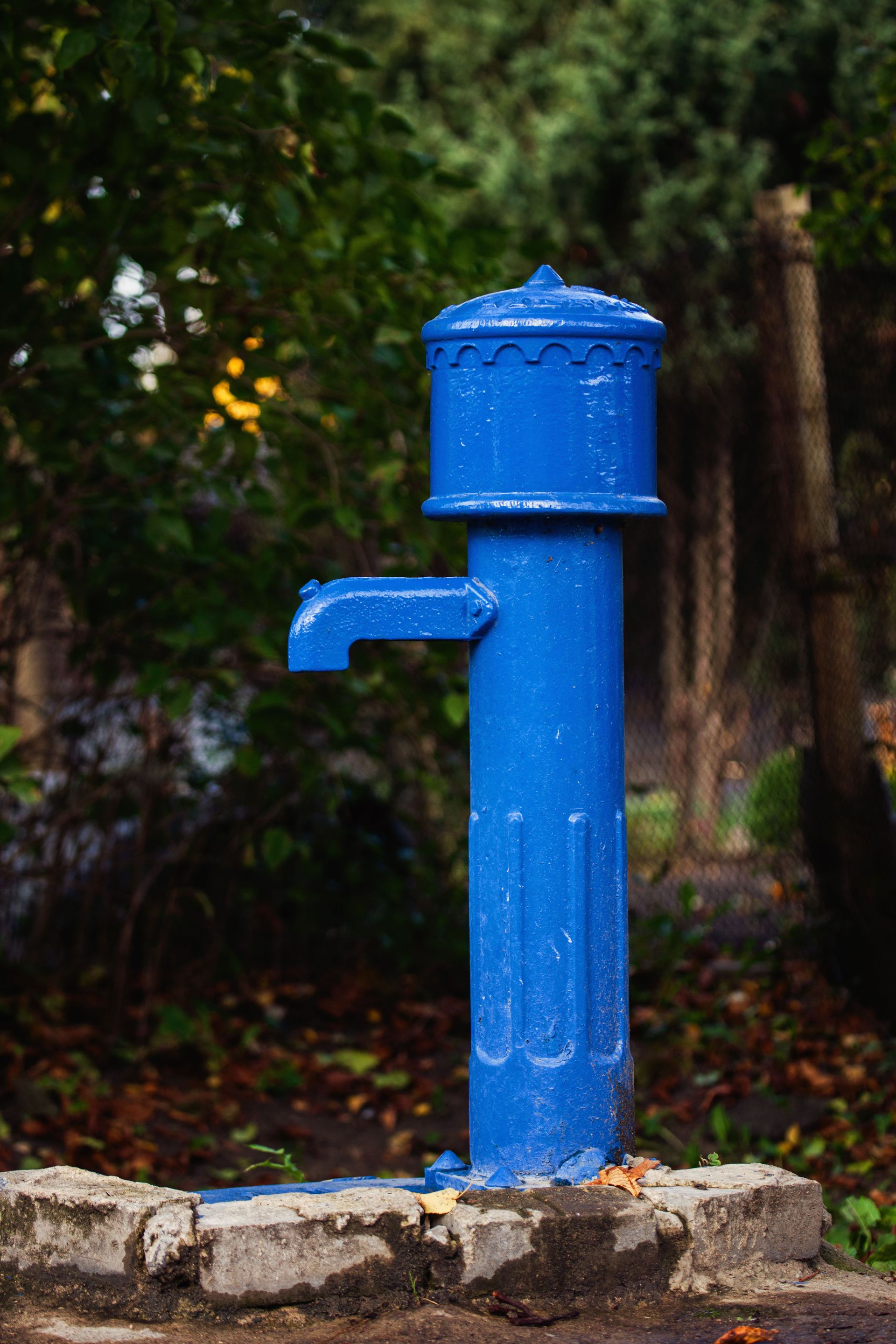
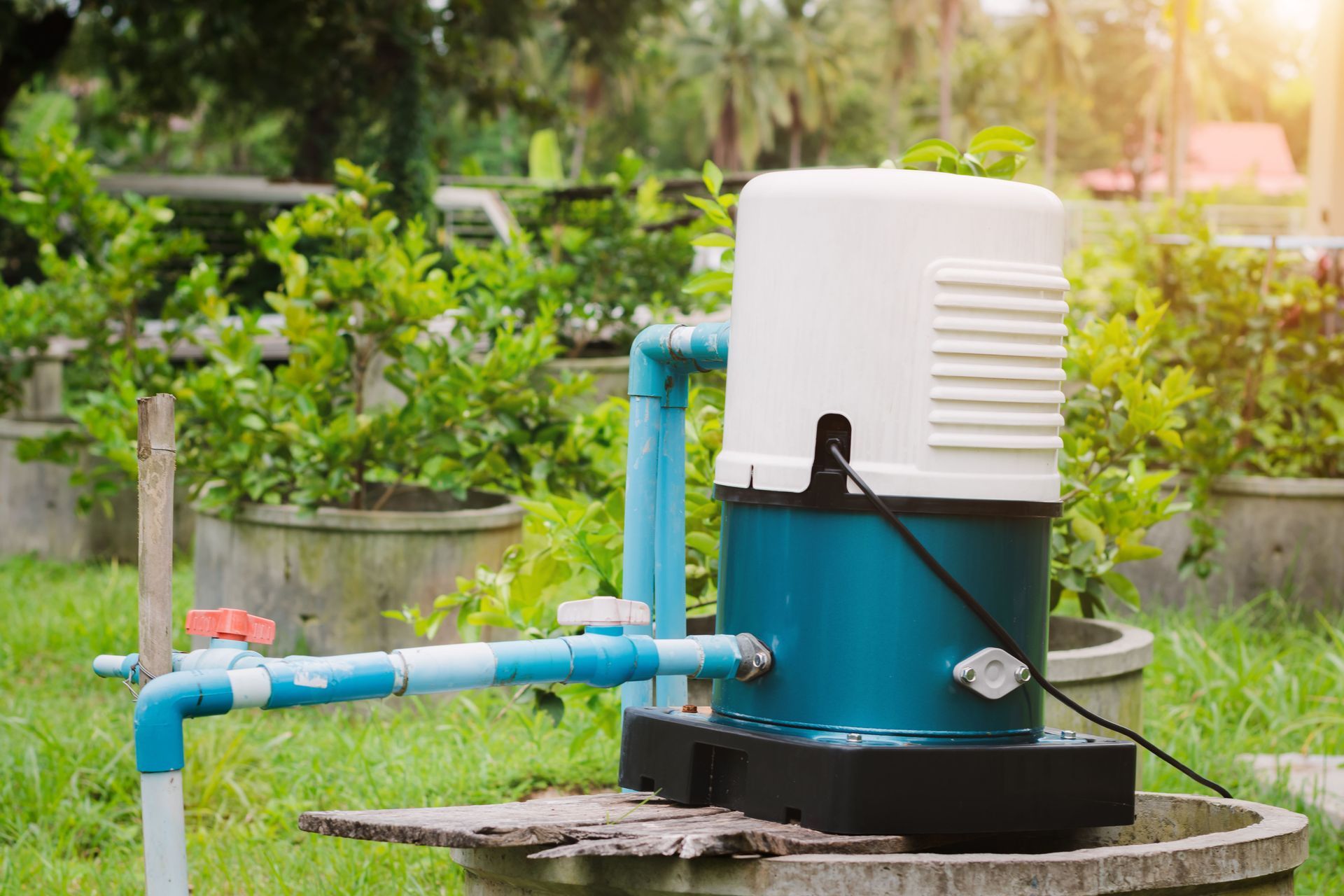
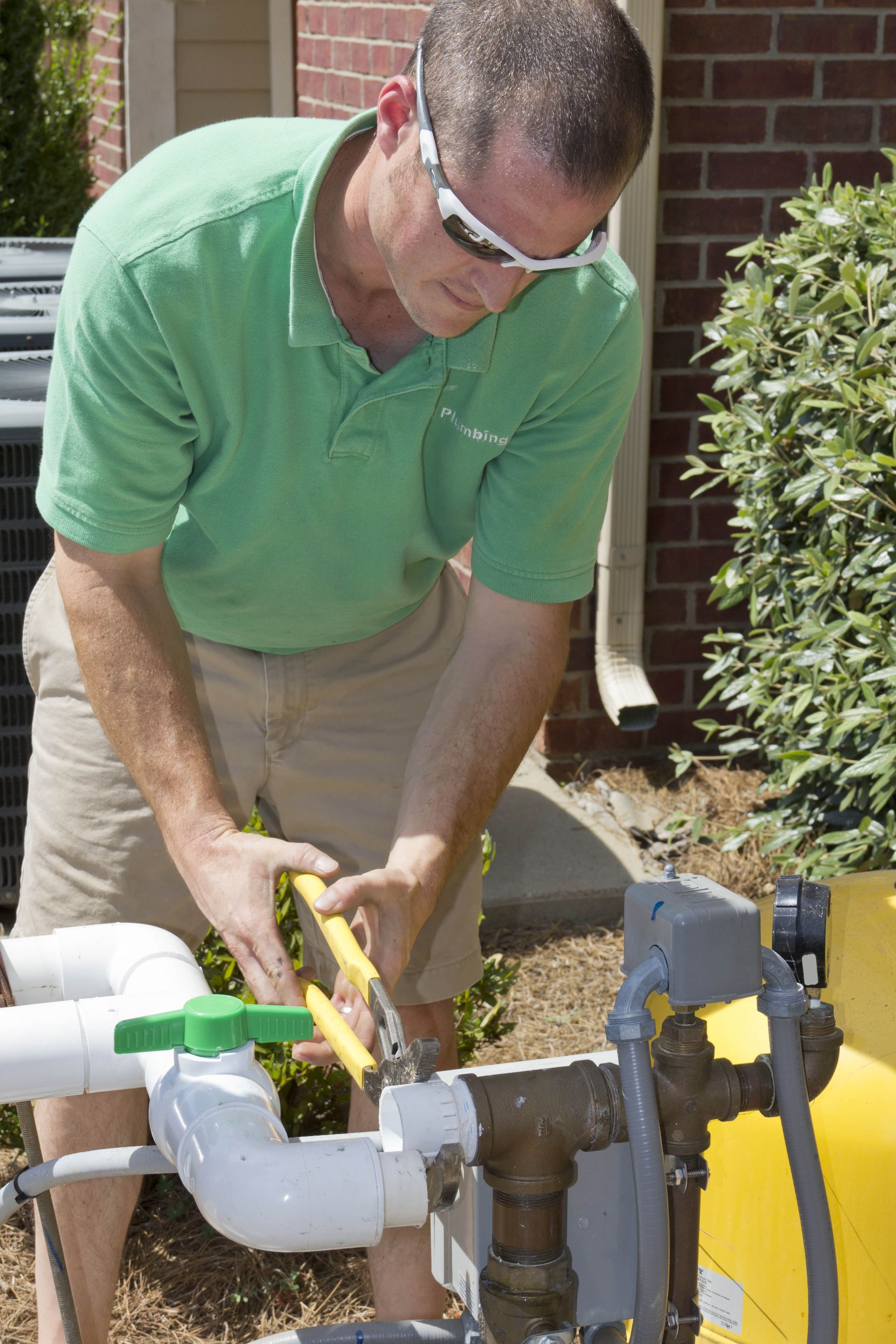
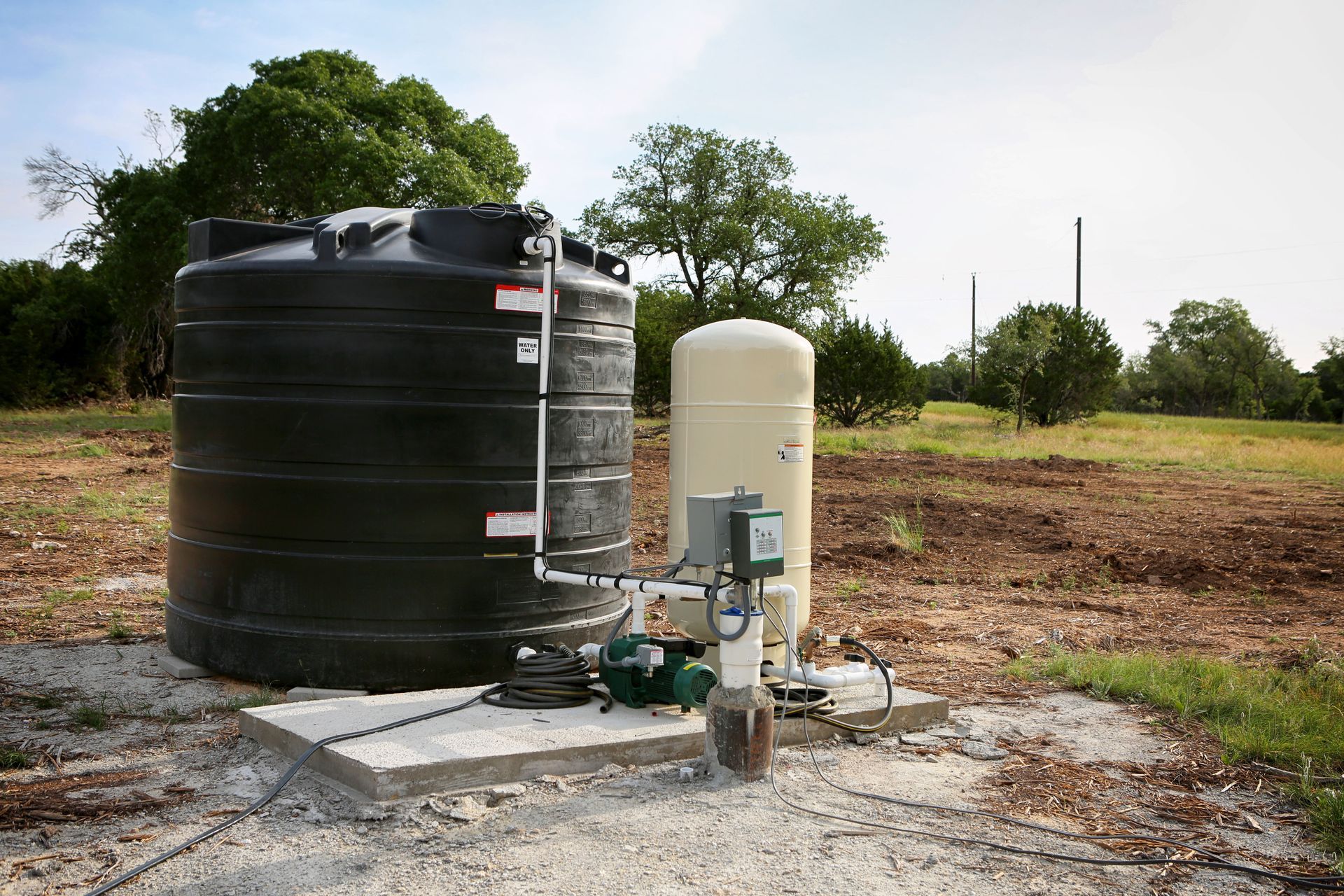
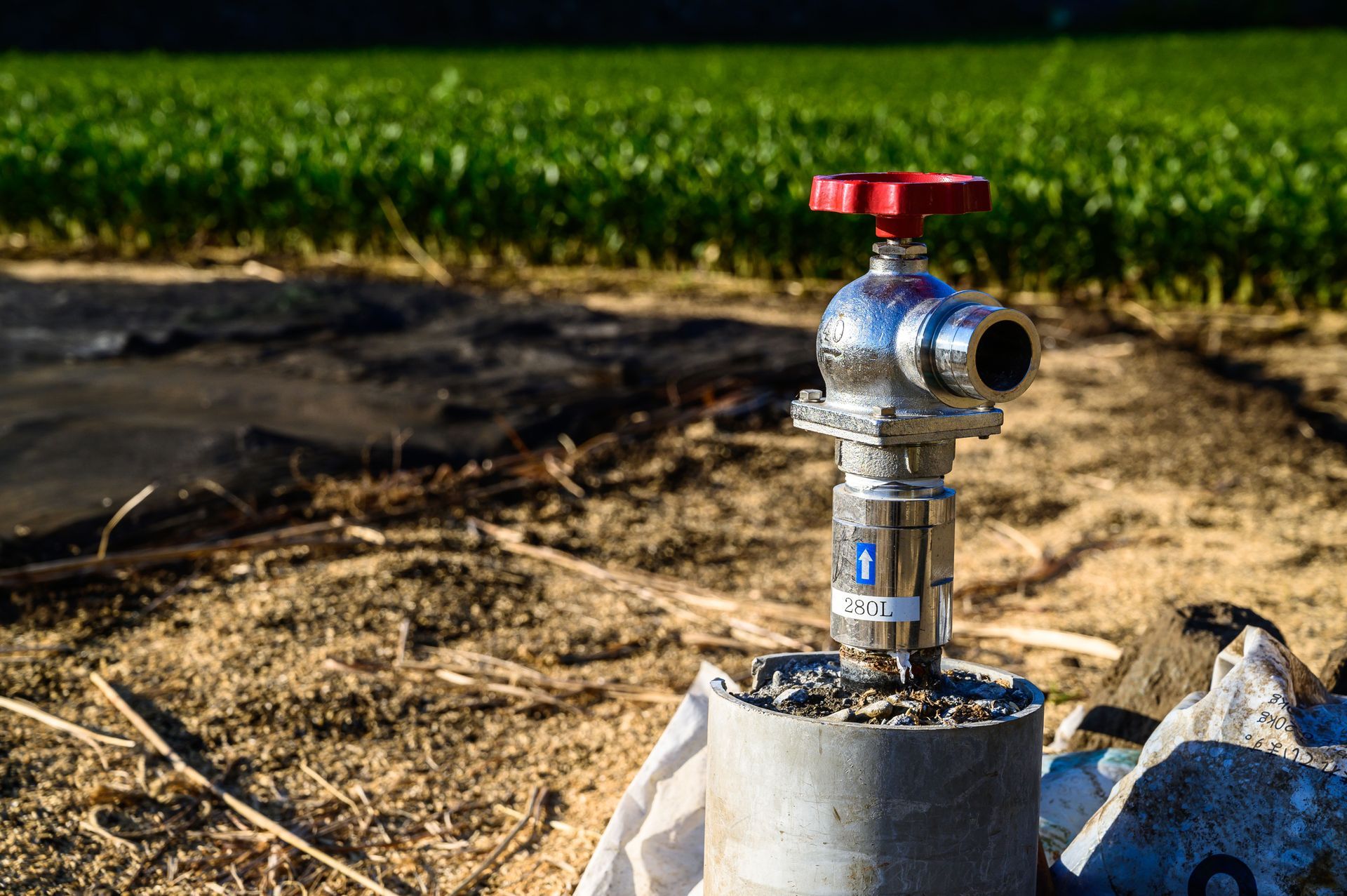



Share On: